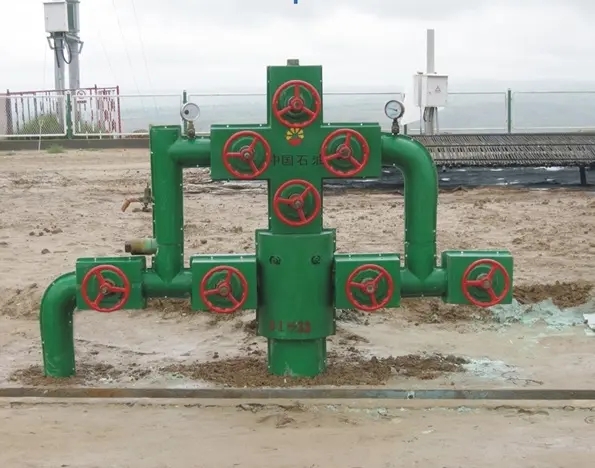Address
South Section of Fenghuang 3rd Road, Gaoxin 19 Road, High tech Development Zone, Baoji City, Shaanxi Province

In the process of oilfield development, water is injected into the reservoir through specialized injection wells to maintain or restore reservoir pressure, giving the reservoir a strong driving force to improve the production speed and recovery rate of the reservoir.

Based on the structural form, area size, permeability, distribution relationship of oil, gas and water, and required development indicators of the reservoir, the distribution location of water injection wells and their relative relationship with production wells (referred to as water injection method) are selected. The determination of well spacing for water injection wells is based on the principle that most oil reservoirs can be subjected to water injection, so that the oil well can fully experience the water injection effect and achieve the required oil recovery rate and reservoir pressure. The water absorption capacity of a water injection well mainly depends on the permeability of the reservoir and the injection pump pressure. In order to ensure the normal absorption of water into the reservoir, the injection pump pressure should be lower than the rupture pressure of the reservoir.
A water injection well is a channel for injecting water from the ground into the oil reservoir. The wellhead device is similar to a self injection well, but the difference is that there is no wax removal gate or wellhead nozzle, which can carry high pressure. There are oil trees used for water injection at the wellhead, and CYB-250 type oil trees are commonly used for water injection in onshore oil fields. Its main function is to suspend the wellbore tubing, seal the annular space of the oil sleeve, control the injection and flushing methods, and carry out downhole operations. In addition to the wellhead equipment, corresponding water injection columns can also be installed in the water injection well according to the water injection requirements (separate injection, combined injection, well flushing). Water injection wells can be converted from production wells or specifically drilled for this purpose.
Multiple water injection wells form a water injection well group, and the injection of the water injection well group is completed by the water distribution room. A booster pump can be added in the water distribution room, and a filtering device can be added at the wellhead or in the water distribution room. In general, each injection well can be metered in the water distribution room or booster station.
Address
South Section of Fenghuang 3rd Road, Gaoxin 19 Road, High tech Development Zone, Baoji City, Shaanxi Province
admin@bfdoil-tools.com
Phone
0917-6733216
13909178362
|
The company always adheres to
Guided by customer needs, we strictly control product quality, respond quickly to customer demands, efficiently provide products and solutions, and create tangible value for customers.
|
Mobile version QR code

|